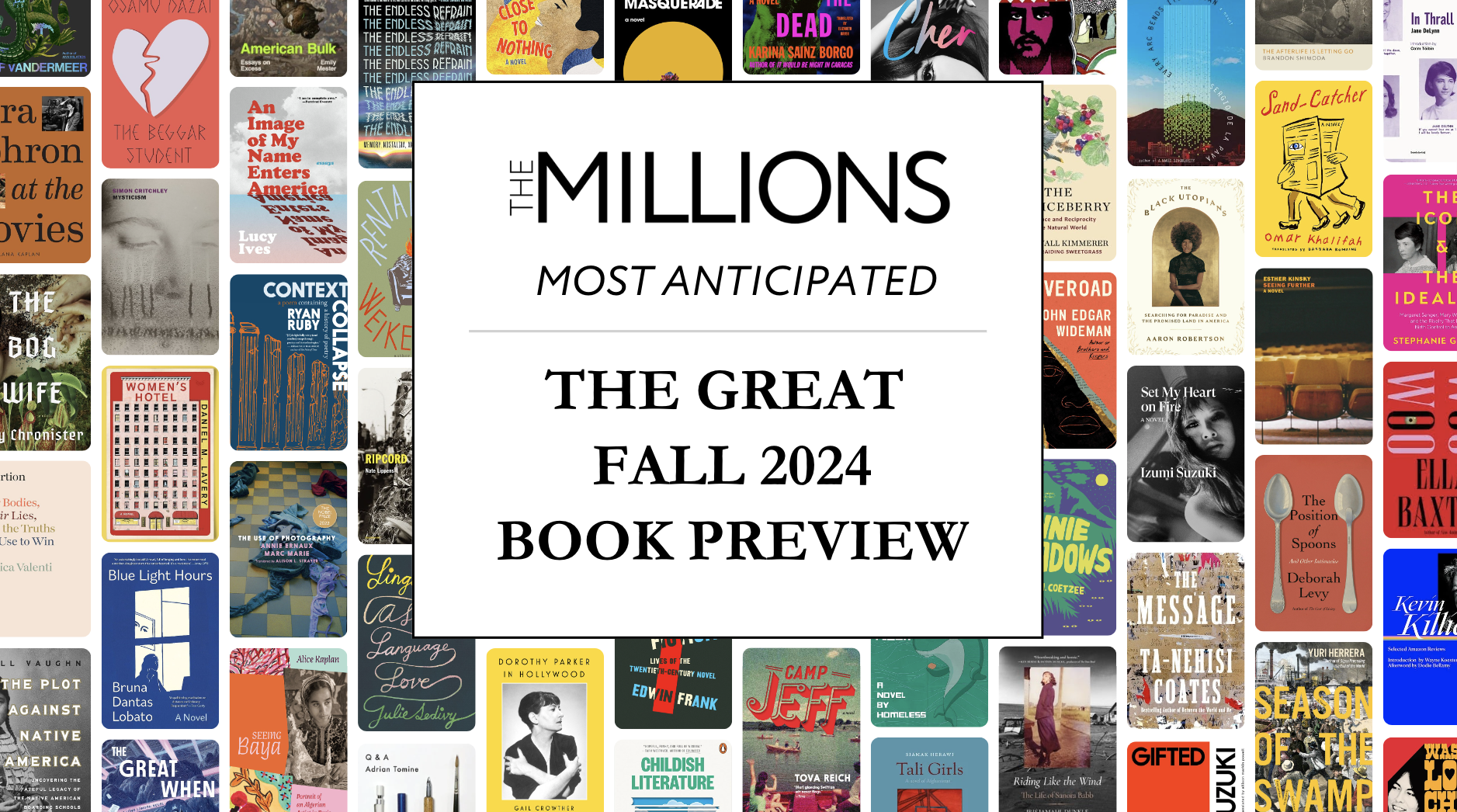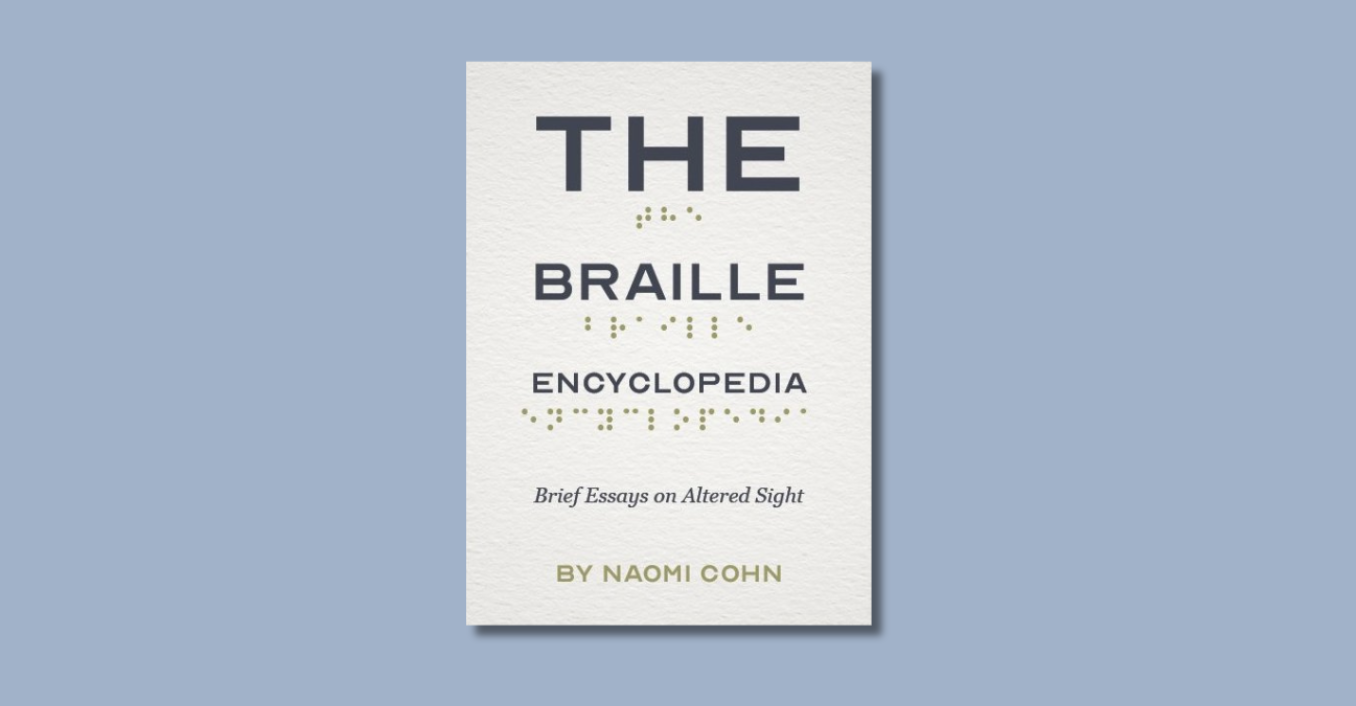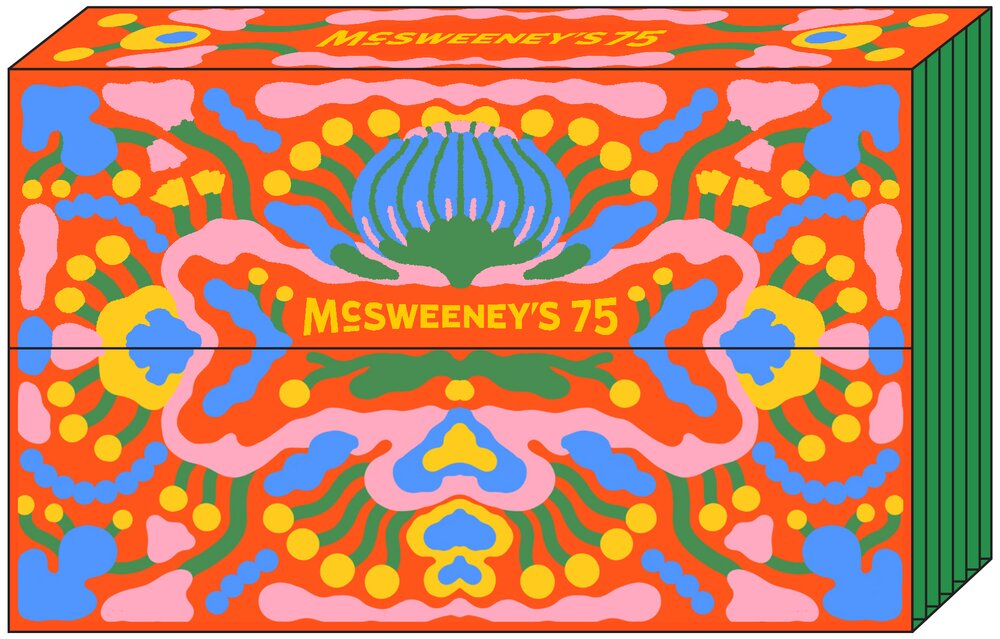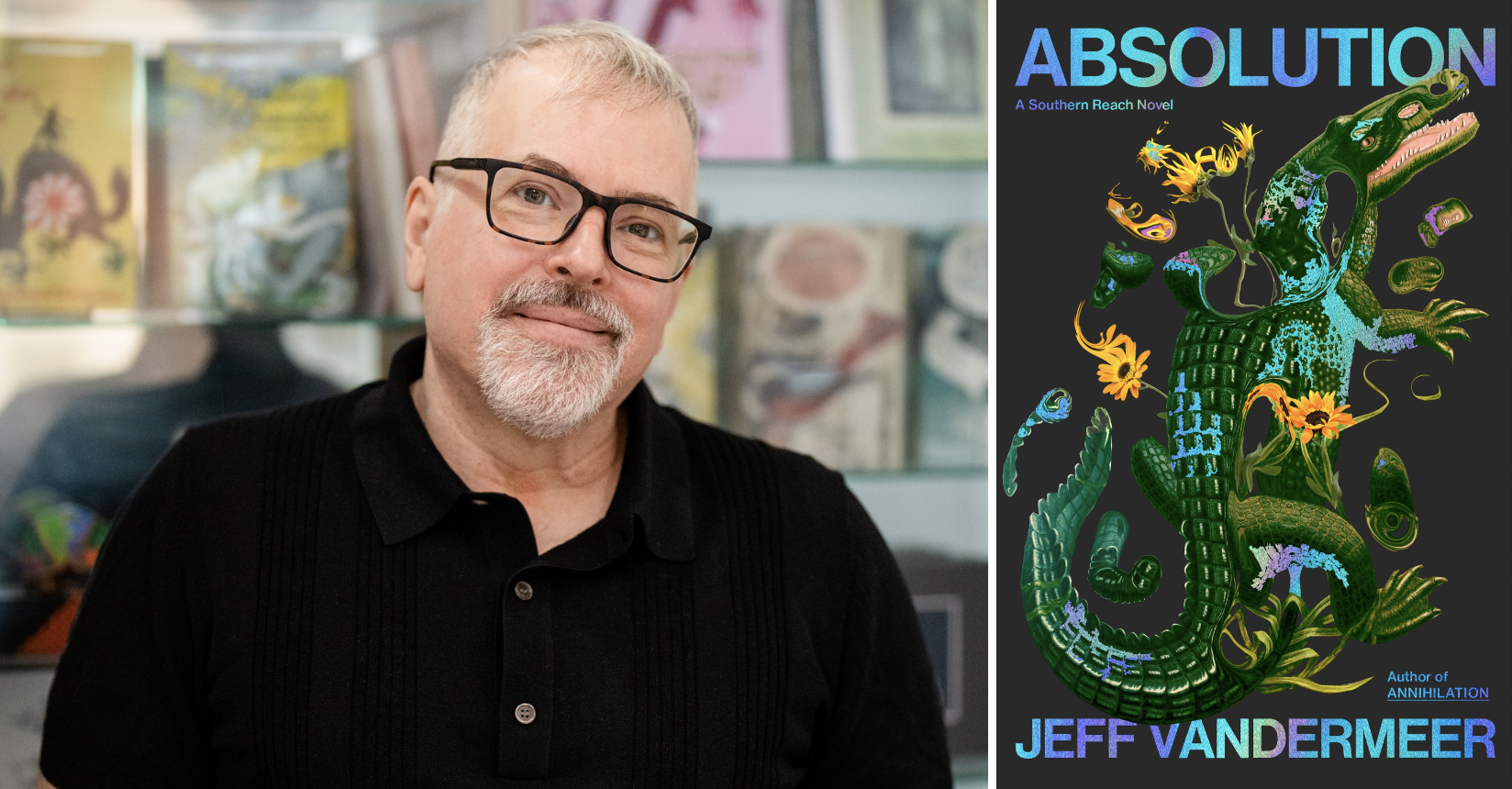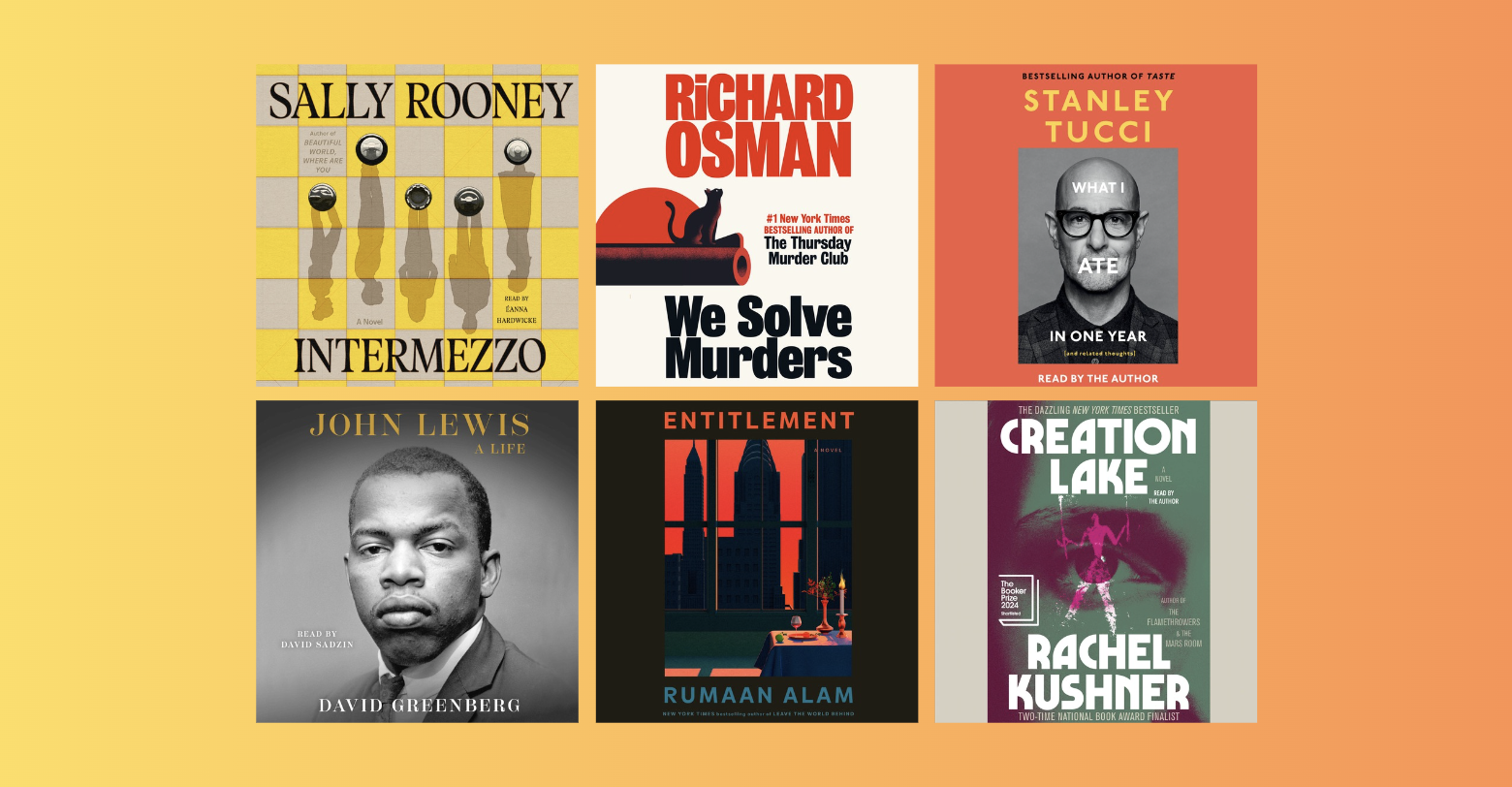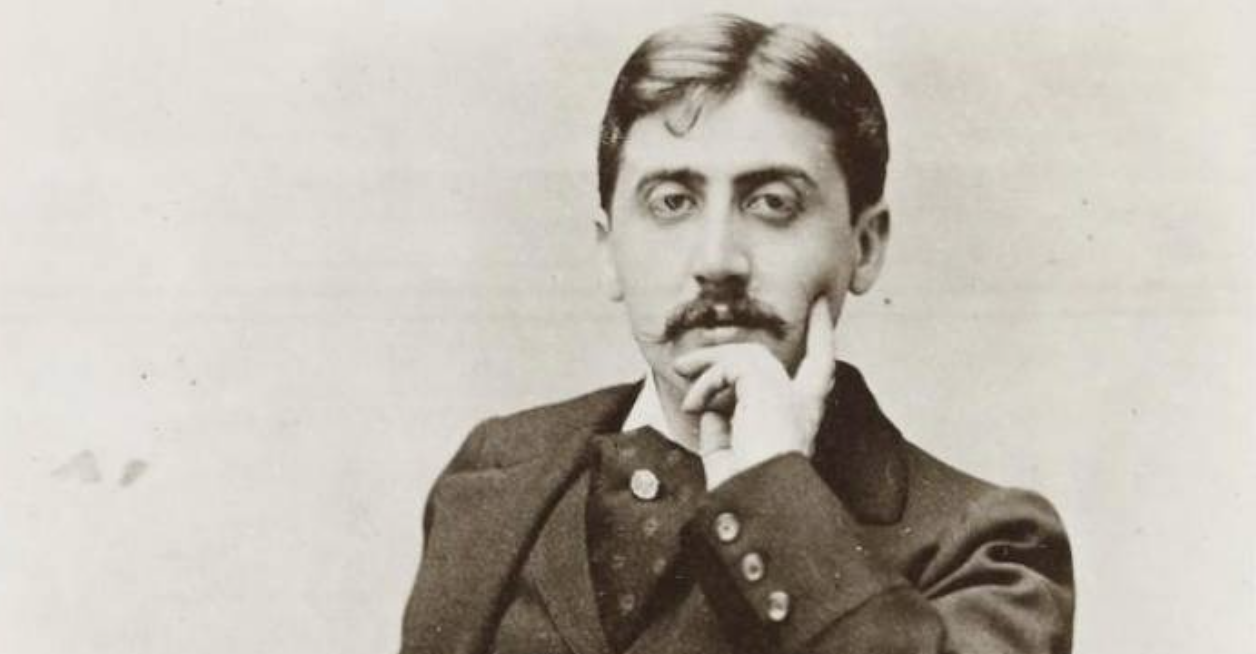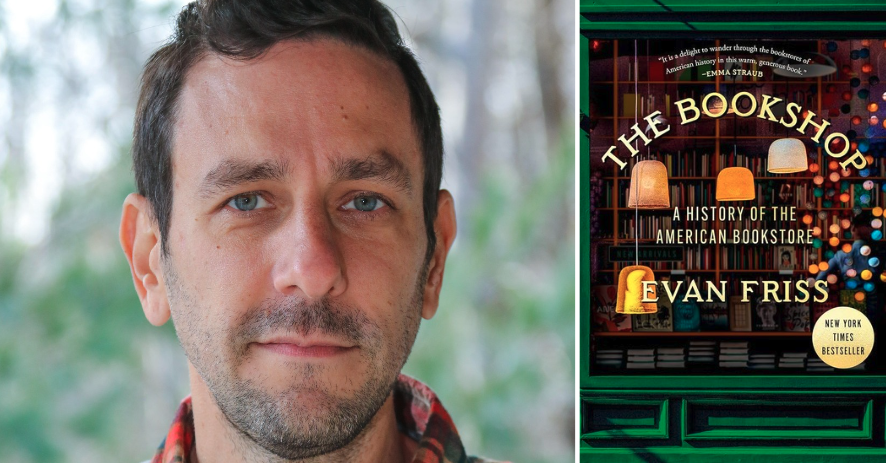Mark at TEV has posted the first installment of his interview with John Banville, whose book The Sea has recently been shortlisted for the Booker Prize. This is the first of four installments that will appear weekly. Mark did a great job on this interview and I highly recommend it – it’s interviews like this, thoughtful and unpretentious, that show the true promise of book blogs.
